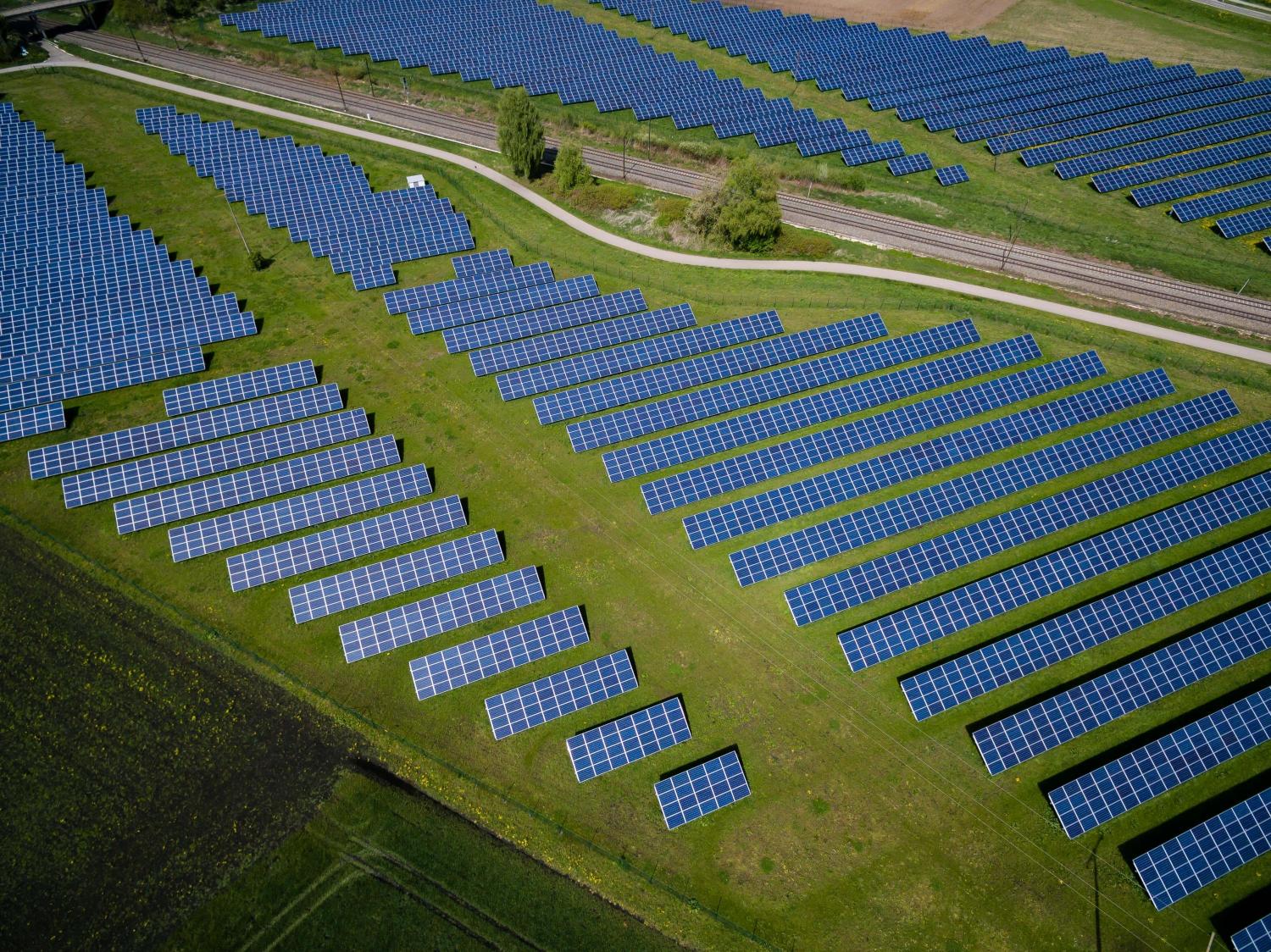
For many Fortune 500 companies that have made serious climate action commitments in line with the 2015 Paris Agreement, reality is sinking in. Many are faced with a looming gap between intention and action. They are not on track to meet their commitments. Clearly, something is missing.
The leading European energy company ENGIE believes it has the missing link in hand. Until recently, ENGIE’s portfolio was burdened with coal power plants. But the company has since made an almost complete transition into renewables, natural gas and related services. The next logical step for ENGIE is to leverage that experience and grow its business by guiding others on a low-carbon journey.
A new climate change toolkit
ENGIE has placed its climate advisory services under the umbrella of its newly formed ENGIE Impact consulting firm. The move brings together several existing branches of the company: ENGIE Insight (formerly Ecova), Ecova U.K., Red Engineering, and the Advisory and Advanced Analytics division of Tractebel, a leading offshore solar panel company.
Through the new firm, ENGIE aims to provide clients in business and government with a holistic approach to achieving their zero-carbon goals.
The key element will be ENGIE Impact’s ability to sort through the challenges faced by businesses and governments, identify opportunities to avoid risk, and achieve direct bottom-line benefits.
The potential for global impact
On the private-sector side, ENGIE Impact will focus on working with high-level executives. That approach is consistent with the experience of the green investor group Ceres and other climate advocacy organizations. These groups find that rapid, efficient climate action in the private sector requires direction from the highest levels.
On the government side, ENGIE Impact is focusing on local governments. That may seem counterintuitive in terms of global impact, but a glance at the situation in countries like the U.S. demonstrates why a decentralized approach can be more effective.
In the U.S., hundreds of mayors have partnered with the business community to take the lead on reducing greenhouse gas emissions. Hundreds of cities have set climate goals and continue to advocate for action. In contrast, many state-level policymakers are pushing back on climate action. And of course, U.S. President Donald Trump in 2017 began the process of pulling the entire nation out of the Paris Agreement, though the U.S. Department of Energy continues to support renewable energy initiatives.
Room for opportunity
ENGIE still has substantial interests in natural gas. However, if all goes according to plan, ENGIE Impact will enable the company to grow its opportunities in the energy services field, even as the global economy decarbonizes.
Just four years ago, coal accounted for 13 percent of ENGIE’s global power generation capacity. In 2015, the company pledged to reduce and eventually eliminate its coal portfolio. That number is already down to 4 percent as of April, when the company sold major coal assets in the Netherlands and Germany.
While coal opportunities are shrinking, the openings for energy services are growing. ENGIE Impact already has more than 1 million sites globally in its portfolio, distributed among 1,000 clients.
Many of those clients are Fortune 500 companies. That connection to the world’s top-performing firms provides ENGIE Impact with a window into the challenges faced by some of the world’s leading carbon emitters.
In a press release announcing the formation of the new consulting firm, ENGIE took note of a recent study by the firm Carbon Delta, which assessed the ability of the world’s top 500 companies (rated by market capitalization) to meet climate goals under the Paris Agreement.
Rather than calculating the impact of the companies’ public pledges, the report compares their current carbon emissions to their current portfolio of low-carbon patents.
The results indicate why ENGIE perceives a significant opportunity for growth. The Financial Times crunched the numbers and found that only 15 percent of the Fortune 500 is on track to meet the goals of the Paris Agreement.
The ripple effect of climate action
Though ENGIE still has a foothold in fossil fuels through its gas business, the company is increasing its renewable gas portfolio as part of its decarbonization plan. ENGIE also began introducing renewable hydrogen into its portfolio last year.
Getting other energy companies to climb on board the low-carbon economy is another matter. Demand for electricity is rising, providing new opportunities for fossil fuel stakeholders. Some are beginning to accelerate their transition into renewable energy, but as a group fossil energy companies still play an outsized role in global carbon emissions.
In 2017 the nonprofit organization CDP (formerly the Carbon Disclosure Project) ran the numbers and concluded that more than 71 percent of the world’s carbon emissions can be traced to just 100 fossil extracting companies.
Additionally, CDP found that only 25 fossil energy firms and government organizations have been responsible for more than half of the world’s greenhouse gas emissions produced after 1988. CDP explains the 1988 milepost as the point at which “fossil fuel companies knew, or should have known, of the destabilizing effects of their products on the environment.”
Whether or not the world’s leading carbon emitters do business with ENGIE Impact, their fossil fuel-driven opportunities will begin to shrink as consulting firms like ENGIE Impact enable energy consumers to find sustainable alternatives that yield bottom-line benefits.
Image credit: Andreas Gücklhorn/Unsplash

Tina writes frequently for TriplePundit and other websites, with a focus on military, government and corporate sustainability, clean tech research and emerging energy technologies. She is a former Deputy Director of Public Affairs of the New York City Department of Environmental Protection, and author of books and articles on recycling and other conservation themes.














